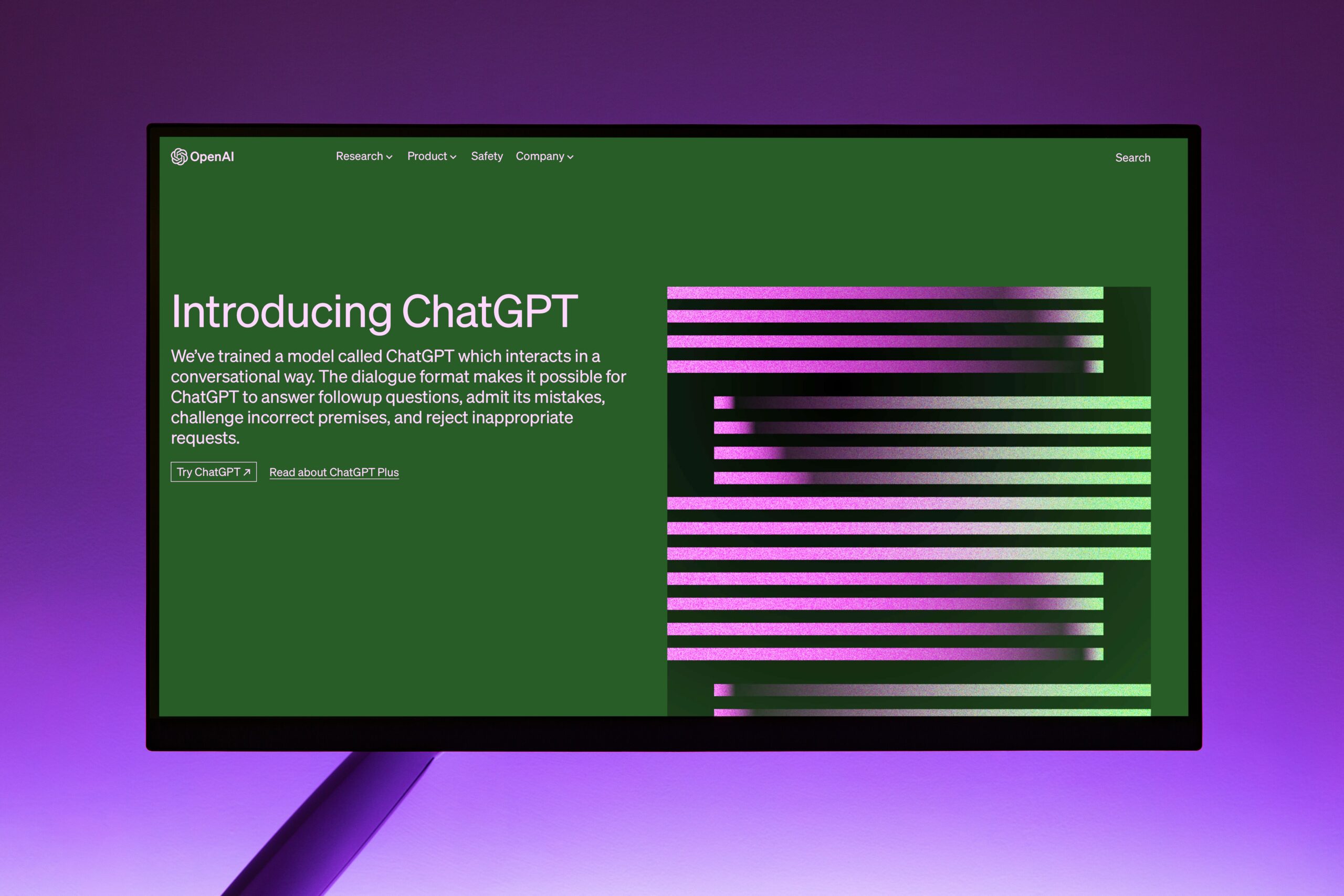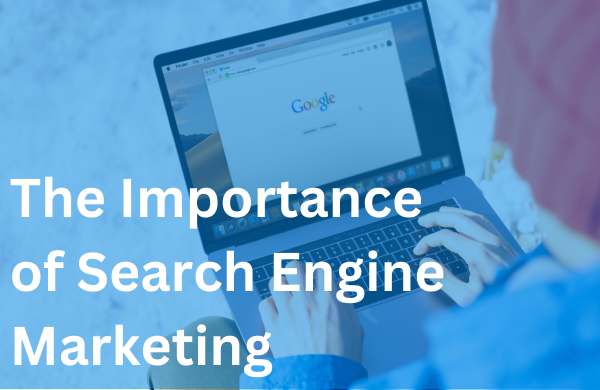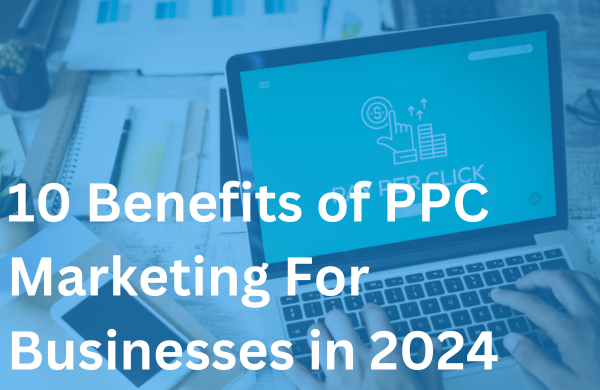In recent years, the field of digital marketing has witnessed a tremendous shift towards using artificial intelligence (AI) tools for improving business outcomes. ChatGPT, a large language model developed by OpenAI, is one of a few AI tools that has drawn some attention in the press lately for its ability to write content including research papers, blog posts, and even books. Let’s look at what ChatGPT is and why you should use it in your digital marketing strategy…and why you shouldn’t.
What is ChatGPT?
The history of AI writing tools can be traced back to the 1950s, when researchers first began exploring the possibility of machines generating human-like text. The first significant breakthrough came in the 1970s, with the development of the first natural language processing algorithms. However, it wasn’t until the early 2000s that AI writing tools began to gain widespread use, with the development of tools like predictive text and autocorrect. In recent years, the field has seen significant advances, with the development of large language models like GPT-3 and BERT. These models have the ability to generate highly sophisticated and nuanced text, opening up new possibilities for digital marketing and other fields. As AI writing tools continue to develop, it’s clear that they will play an increasingly important role in shaping the way we communicate and interact with machines.
ChatGPT is an AI-powered language model that can understand and generate human-like text. It uses deep learning algorithms to process large volumes of text data and then generates human-like responses to natural language queries like “Explain the history of AI writing tools.” It can be trained on a wide range of data sources, including social media, customer reviews, and web content, to name a few. Luckily, you don’t need to know how to do that to use the tool. You can go to the website, enter your query, and check out the results on your own.

The Benefits of Using ChatGPT
- Personalized communication: ChatGPT can be trained to understand the nuances of human language, enabling it to provide personalized and relevant responses to customers. This can help businesses improve their customer experience and build stronger relationships with their customers.
- Improved customer service: ChatGPT can be integrated into customer service platforms to handle customer queries and complaints. It can quickly and efficiently respond to customer inquiries, providing them with a better experience and reducing the workload on customer service representatives.
- Cost-effective: ChatGPT can handle multiple customer interactions simultaneously, reducing the need for businesses to hire additional staff. This can lead to significant cost savings, especially for small and medium-sized businesses. It also saves work time your staff may be using on more mundane tasks so they can focus on higher-level work.
Increased efficiency: ChatGPT can analyze large volumes of customer data, enabling businesses to identify patterns and trends. This can help businesses make data-driven decisions, leading to increased efficiency and better business outcomes.
The Drawbacks of Using ChatGPT
- Limited understanding: Although ChatGPT can generate human-like text, it may not always understand the context or intent behind a customer’s query. This can lead to irrelevant or inappropriate responses, which can damage the customer experience.
- Lack of human touch: ChatGPT’s responses may lack the empathy and emotional intelligence that a human customer service representative can provide. This can make customers feel disconnected from the business and reduce the quality of the customer experience.
- Bias: ChatGPT is trained on large volumes of text data, which can contain biases and stereotypes. This can result in ChatGPT generating responses that are offensive or discriminatory, which can damage the business’s reputation.
- Technical challenges: Implementing ChatGPT requires technical expertise, which may be a challenge for small businesses. It also requires a significant amount of data to be effective, which may not be available to all businesses.
Now What? Should I start using ChatGPT for my business?
ChatGPT is an exciting technology that has the potential to transform the digital marketing landscape. While it offers many benefits, businesses must be aware of its limitations and potential drawbacks. As with any technology, it’s essential to evaluate ChatGPT’s suitability for a business’s specific needs and to carefully consider its potential impact on the customer experience.
Using ChatGPT can be as simple as going into the interface and telling it to write a blog post about the benefits and drawbacks of using ChatGPT, like we did with this blog post. But make sure you’re editing its writing to align with your brand messaging and to prevent some of the hiccups that come with a constantly evolving technology. And of course, let us know if you’d like to talk more about how we can use ChatGPT to grow your business!





